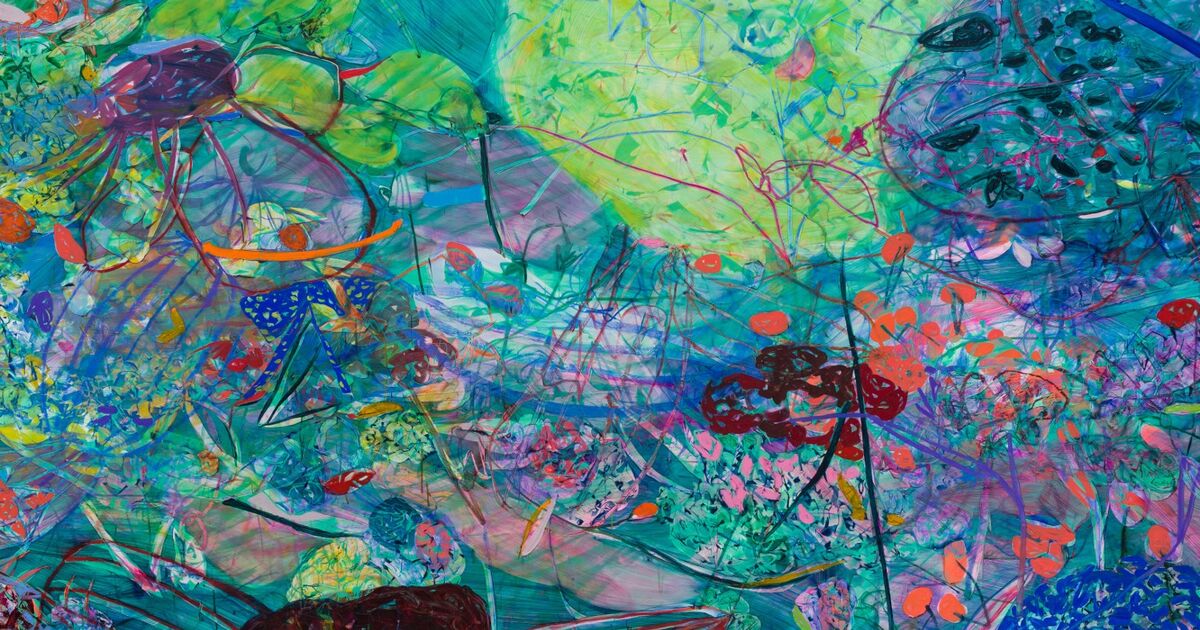Abstract art paintings have long been a subject of fascination and debate in the world of art. Often described as a departure from traditional representation, abstract art is a form that emphasizes the use of color, form, and texture to convey emotions and ideas rather than portraying recognizable objects. This genre challenges conventional artistic norms and invites viewers to interpret and appreciate art in a deeply personal and subjective manner.
At its core, abstract art is a visual language of shapes, lines, colors, and textures that aims to communicate on a level beyond the literal. The birth of abstract art can be traced back to the late 19th century when artists like Wassily Kandinsky and Kazimir Malevich began to experiment with non-representational forms. Kandinsky, often hailed as the pioneer of abstract art, believed that colors and shapes could evoke emotions and spirituality without needing to depict recognizable scenes. This marked the inception of a movement that would continue to evolve and influence artists for decades to come.
One of the defining features of abstract art paintings is their ability to evoke a wide range of emotions and reactions from viewers. When faced with a piece of abstract art, individuals are invited to explore their own feelings and associations, allowing for a deeply personal and unique connection with the artwork. Unlike traditional art forms that may require a clear narrative or subject, abstract art invites viewers to bring their own experiences and perspectives into the interpretation, making each encounter with a painting a profoundly individualized experience.

The process of creating abstract art is often as intriguing as the final piece itself. Artists working in this genre often engage in a dance between spontaneity and intentionality. The use of bold brushstrokes, splatters, and layers of color can convey a sense of movement and energy that resonates with the artist’s emotions and intentions at the moment of creation. This element of the artist’s emotional expression being directly transferred onto the canvas adds an additional layer of complexity to the artwork’s interpretation.
Abstract art has also evolved in various directions, giving rise to diverse styles within the genre. Some artists gravitate towards geometric abstraction, utilizing precise lines and shapes to create a sense of order and structure. Others embrace a more gestural approach, using expressive brushwork and organic forms to convey raw emotions. The exploration of materials, techniques, and concepts in bloemen schilderij has led to a multitude of visual languages that cater to different tastes and sensibilities.
In the realm of interior design, abstract art paintings have found their place as captivating focal points. The versatility of abstract art allows it to seamlessly integrate into various spaces, from minimalist modern environments to eclectic and traditional settings. A well-chosen abstract painting can infuse a room with vitality, becoming a conversation starter and a reflection of the owner’s aesthetic sensibilities.
In conclusion, abstract art paintings transcend the confines of traditional representation to offer viewers a journey into the realm of emotion, imagination, and personal interpretation. Through the interplay of color, form, and texture, abstract art engages viewers on an intellectual and emotional level, fostering a deep connection that speaks to the universality of human experience. Whether hanging on the walls of a gallery or gracing the living room of a home, abstract art continues to captivate, challenge, and inspire, reminding us of the limitless possibilities of artistic expression.

